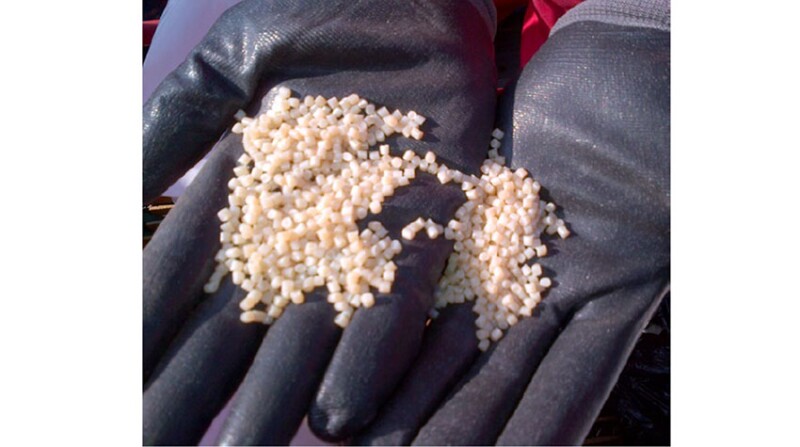Lost circulation of drilling fluids costs the oil and gas industry approximately $1 billion per year, with the Middle East and North Africa region accounting for most of such lost-circulation events. In this case study, a geomechanics-based approach is used to create bridging and sealing at the fracture aperture using a biparticle self-degradable lost-circulation-fluid system. The approach, which includes a lost-circulation material (LCM), successfully prevented dynamic losses in the reservoir section without damaging the formation, confirming the viability of the technology and material.
Principle of Self-Degradable Multiparticle LCM
Previous work has emphasized that particle-size distribution is a key factor in sealing fractures. A physics-based approach to jamming and sealing of natural fractures depending on the particle-size-distribution (PSD) approach has been used.


